Exploring Challenges Faced by Global Buyers in Integrating Vr Mall Cinema Solutions
Table of Contents
- Identifying Key Barriers for Global Buyers in VR Mall Cinema Integration
- Assessing Technology Compatibility with Existing Systems
- Understanding Regulatory and Compliance Issues in Different Regions
- Evaluating User Experience and Interface Design Challenges
- Budgeting and Financial Planning for VR Cinema Solutions
- Strategies for Effective Collaboration with VR Solution Providers
- FAQS
- Conclusion
- Related Posts
In the rapidly evolving landscape of entertainment technology, integrating VR Mall Cinema solutions presents a unique set of challenges for global buyers. As a pioneer in the VR industry, Guangzhou Longcheng Electronic Co., Ltd., under the brand VART VR, understands the complexities involved in creating immersive cinematic experiences. With over 8000 square meters of dedicated space and a skilled team of more than 60 professionals, we provide comprehensive one-stop VR and cinema project solutions tailored to meet the diverse needs of our clients. This blog explores the various hurdles that international buyers encounter when implementing VR Mall Cinema and outlines top strategies for overcoming these obstacles to ensure successful integration and a memorable audience experience.
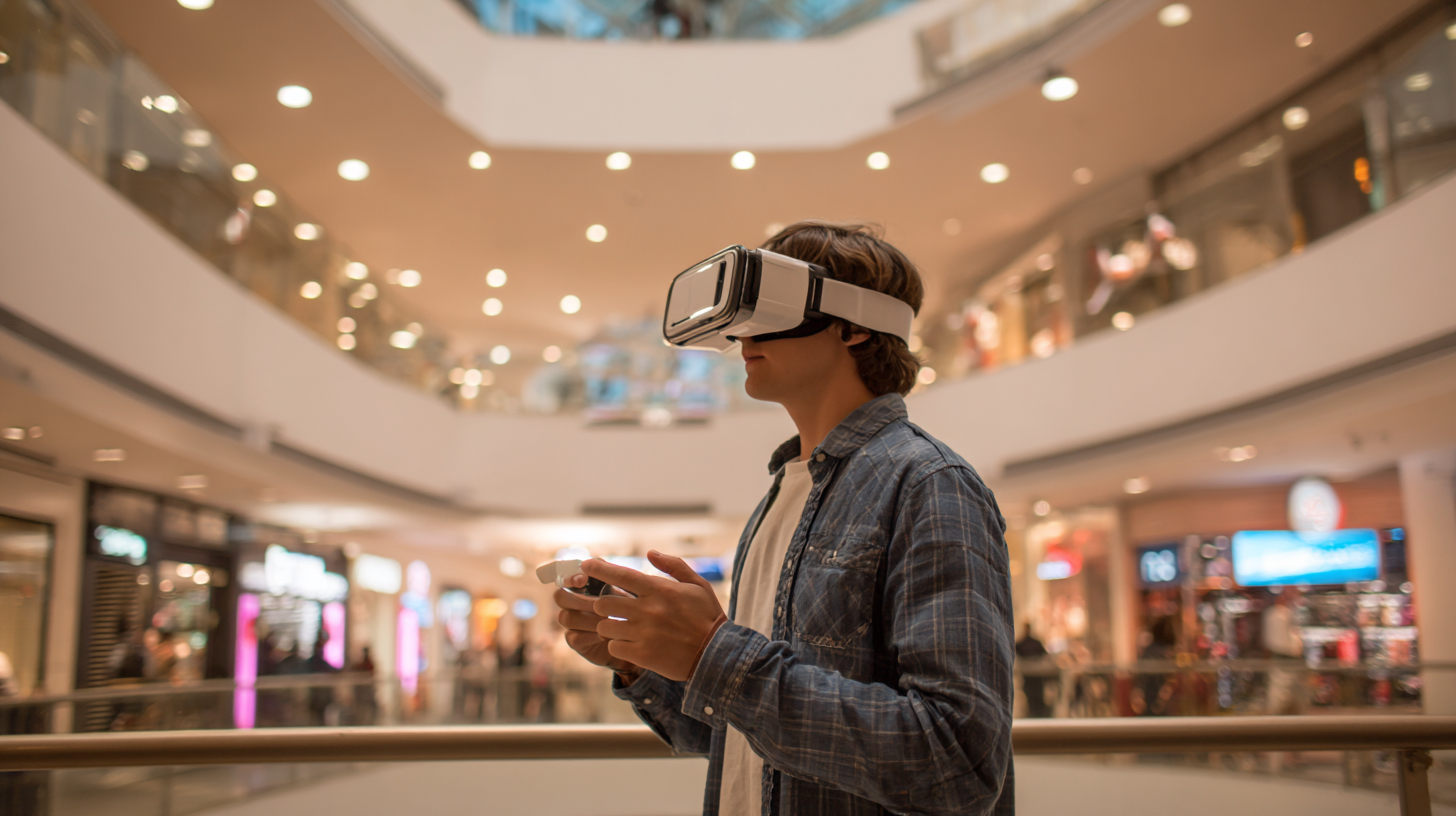
Identifying Key Barriers for Global Buyers in VR Mall Cinema Integration
The integration of VR mall cinema solutions presents a myriad of challenges for global buyers, primarily due to technological, financial, and logistical barriers. One significant hurdle is the disparity in technology adoption across different regions. While some markets are rapidly embracing virtual reality, others struggle with outdated systems that hinder the seamless integration of advanced VR cinema experiences. This technological divide can result in uneven user experiences and ultimately affect customer satisfaction and engagement.
Financial constraints also play a crucial role in the adoption of VR mall cinema solutions. Global buyers often face the daunting task of justifying the substantial initial investment required for state-of-the-art VR equipment and ongoing development costs. Additionally, the perceived risks associated with emerging technologies can deter stakeholders from making such investments, despite the potential for high returns. As buyers assess their options, the need for a comprehensive cost-benefit analysis becomes paramount to overcome financial hesitations.
Moreover, logistical challenges further complicate the integration process. Coordinating installations across various geographical locations involves navigating differing regulatory environments and logistical frameworks. Establishing reliable partnerships with local stakeholders, including tech providers and cinema operators, is essential yet often fraught with complexities. These barriers necessitate a strategic approach to ensure that global buyers can effectively bring VR mall cinema solutions to life, enhancing the cinematic experience in a cohesive and accessible manner.
Challenges Faced by Global Buyers in Integrating VR Mall Cinema Solutions
Assessing Technology Compatibility with Existing Systems
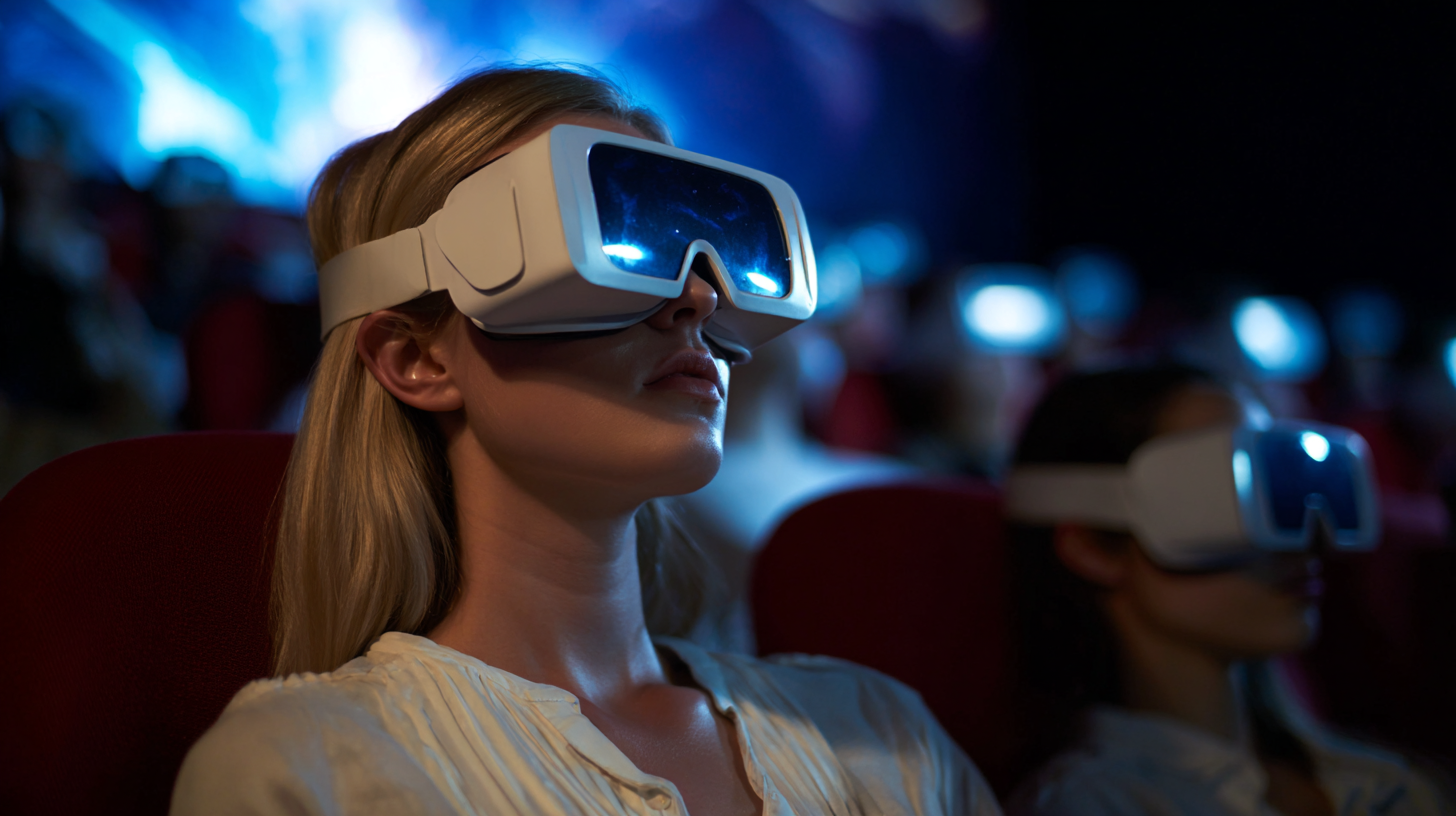 In today's rapidly evolving digital landscape, global buyers face significant challenges when integrating VR mall cinema solutions with their existing systems. A pivotal aspect of this integration is technology compatibility, which can often become a roadblock. According to recent industry reports, approximately 57% of companies struggle with legacy systems that hinder seamless integration of new VR technologies. Guangzhou Longcheng Electronic Co., Ltd., with its extensive experience in manufacturing VR simulators, understands that addressing compatibility issues is crucial for successful deployment.
In today's rapidly evolving digital landscape, global buyers face significant challenges when integrating VR mall cinema solutions with their existing systems. A pivotal aspect of this integration is technology compatibility, which can often become a roadblock. According to recent industry reports, approximately 57% of companies struggle with legacy systems that hinder seamless integration of new VR technologies. Guangzhou Longcheng Electronic Co., Ltd., with its extensive experience in manufacturing VR simulators, understands that addressing compatibility issues is crucial for successful deployment.
To mitigate these risks, companies should adopt a phased approach when integrating new technology into their operations. Begin by conducting a thorough assessment of the existing systems to identify potential compatibility challenges. It is also advisable to invest in scalable solutions that can adapt to future needs. VR solutions should not only enhance the cinematic experience but also align with operational workflows to ensure efficiency.
Another important tip for global buyers is to prioritize collaboration with manufacturers who offer comprehensive support. VART VR's one-stop service can significantly streamline the integration process, reducing downtime and enhancing user experience. As businesses continue to explore the future of cinema technology, understanding and addressing these integration challenges will be paramount for success.
Understanding Regulatory and Compliance Issues in Different Regions
As global buyers seek to integrate VR mall cinema solutions, they face significant regulatory and compliance challenges across various regions. The fast-paced evolution of laws and regulations presents a myriad of obstacles that can hinder progress. For instance, Deloitte's recent report highlights that financial institutions are grappling with an increasingly unpredictable regulatory environment, with many companies struggling to keep up with the pace of change. This is particularly relevant for VR cinema solutions, as they intersect with both entertainment and technology regulations.
Healthcare regulatory compliance further illustrates the complexities involved. With compliance requirements at the federal, state, and local levels continually evolving, businesses must remain vigilant to ensure adherence to industry standards. As highlighted in a 2025 update report, organizations in the healthcare sector face the dual challenge of managing operational growth while staying compliant with a shifting regulatory landscape. This framework can serve as a model for VR cinema solutions, where businesses must navigate similar compliance intricacies.
Moreover, the latest insights indicate that regulatory risks are a major concern in today's markets, especially in fast-evolving sectors like digital entertainment. Regional labor laws and compliance issues necessitate a collaborative approach between global HR teams and local regulatory experts to ensure that compliance measures are effectively implemented. This is crucial not just for avoiding penalties, but also for fostering trust and credibility in the burgeoning field of VR cinema.
Evaluating User Experience and Interface Design Challenges
The integration of VR mall cinema solutions presents significant user experience and interface design challenges that must be addressed for successful implementation. According to a recent report by Statista, the virtual reality market is projected to reach $57.55 billion by 2027, highlighting the growing demand for immersive experiences. However, the complexity of navigating through VR environments remains a key barrier. Many users report feelings of disorientation, which can diminish their enjoyment and engagement. Therefore, seamless navigation and intuitive interface design are crucial to enhance user satisfaction.
Further exacerbating these challenges is the variance in user proficiency with technology. A study by PwC indicates that while 98% of younger individuals are comfortable with digital interfaces, only 45% of older users share the same confidence. This disparity calls for a universal design approach that accommodates users of all ages and skill levels. Incorporating customizable settings that allow for personalized user experiences can significantly improve interaction and accessibility, ultimately influencing the overall success of VR mall cinema solutions in the global market. Emphasizing user interface design that prioritizes clarity and ease of use will be instrumental in bridging the gap between advanced technology and real-world application.
Exploring Challenges Faced by Global Buyers in Integrating VR Mall Cinema Solutions
| Challenge Dimension | Description | Impact Level (1-5) | Potential Solutions |
|---|---|---|---|
| User Interface Complexity | Difficulties in navigation lead to user frustration. | 4 | Simplified UI design, tutorial guides. |
| Content Accessibility | Limited access to VR content based on region. | 5 | Wider licensing agreements, local partnerships. |
| Technical Compatibility | Incompatibility with existing cinema hardware. | 3 | Cross-platform solutions, updates for legacy systems. |
| User Adoption | Reluctance to embrace new technology by users. | 4 | Marketing campaigns, user education programs. |
| Cost of Implementation | High initial setup costs deter investment. | 5 | Financing options, phased rollout plans. |
Budgeting and Financial Planning for VR Cinema Solutions
The rise of VR mall cinema solutions marks a transformative moment in the entertainment industry, offering immersive experiences that traditional cinemas struggle to match. However, integrating these advanced systems requires careful budgeting and financial planning. According to a report by MarketsandMarkets, the global VR market is expected to grow from $6.1 billion in 2020 to $57.6 billion by 2027, indicating a significant investment potential. For global buyers, navigating the financial landscape involves upfront costs for technology acquisition, ongoing maintenance, and staff training, which can be daunting.
In addition to initial investments, operational costs must also be considered. A study by PwC suggests that VR cinemas can decrease overhead by up to 30% through reduced physical space requirements and streamlined operations. Nevertheless, buyers must account for fluctuating consumer demand and potential technology obsolescence. Therefore, creating a robust financial model that includes conservative revenue projections and contingency funds is crucial for success in this innovative sector. Effective budgeting not only mitigates risks but also paves the way for sustainable growth in the evolving landscape of virtual cinema experiences.
Strategies for Effective Collaboration with VR Solution Providers
In the rapidly evolving landscape of virtual reality (VR) and extended reality (XR) solutions, effective collaboration between global buyers and VR solution providers has become paramount. As industries like construction increasingly adopt XR technologies, research indicates that 62% of companies report improved project outcomes and efficiencies due to immersive solutions. This highlights the necessity for buyers to engage deeply with providers to ensure that the technology aligns with their operational needs.
Moreover, partnerships like those between leading tech firms are crucial for fostering innovation in VR solutions. Such strategic collaborations can lead to the development of tailored simulation tools that enhance training and operational capabilities. The construction sector, for instance, stands to gain significantly, with reports suggesting that companies investing in VR training can expect a 40% reduction in training time and an increase in retention rates by up to 75%. Buyers must focus on creating an ecosystem for collaboration, prioritizing clear communication and shared objectives to overcome integration challenges and maximize the potential of VR technologies.
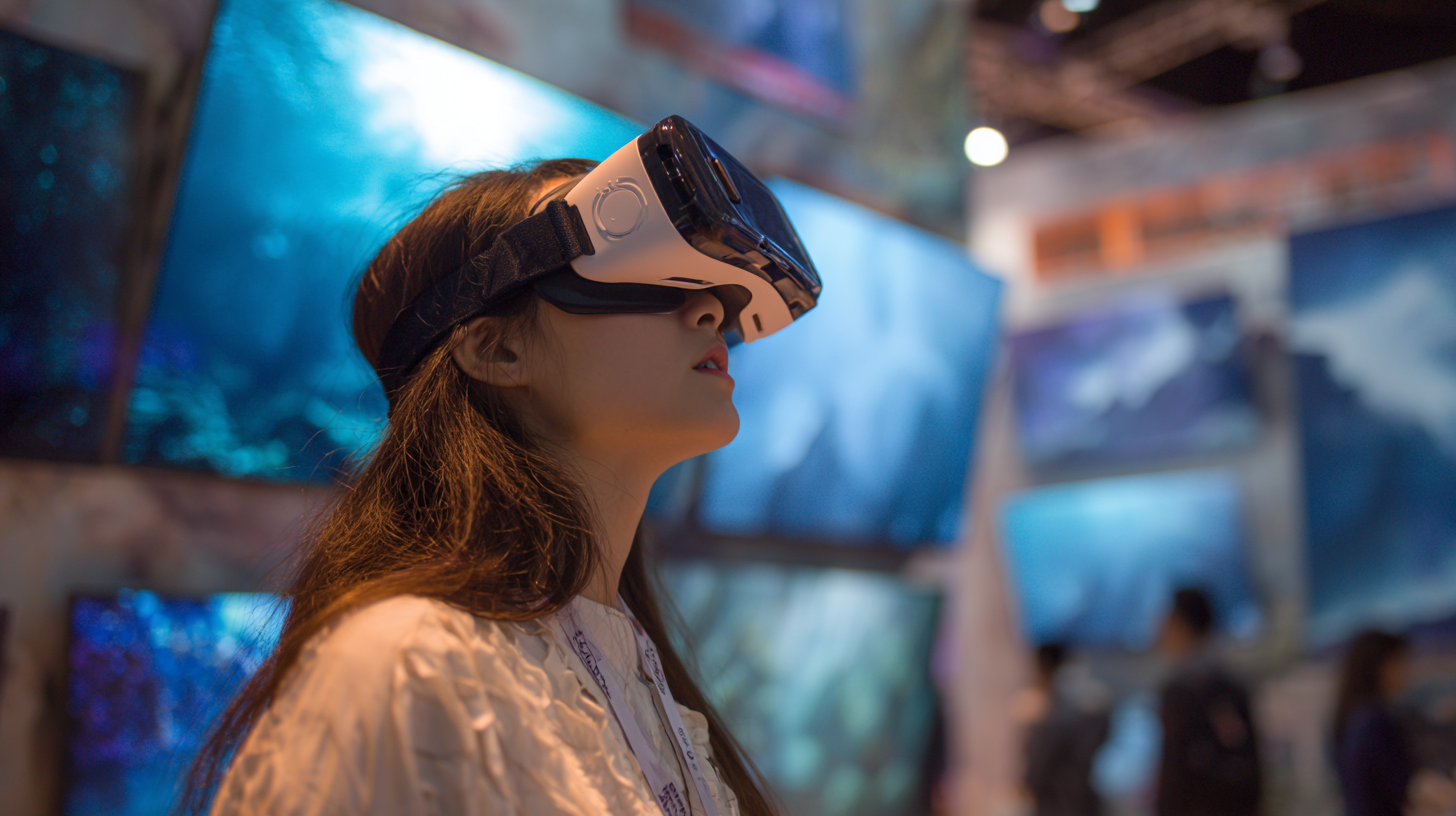
FAQS
: Global buyers encounter technological, financial, and logistical barriers in integrating VR mall cinema solutions, including disparities in technology adoption, high initial investment costs, and complexities in coordinating installations across different regions.
The disparity in technology adoption means that while some markets quickly embrace VR, others have outdated systems that hinder seamless integration, leading to inconsistent user experiences and potentially lower customer satisfaction.
Financial constraints make it challenging for global buyers to justify the significant initial investments in VR technology and ongoing development costs, which can deter stakeholders despite the potential for high returns.
Technology compatibility is crucial because legacy systems can obstruct the integration of new VR technologies, making it essential for companies to assess existing systems and invest in scalable solutions.
Companies should adopt a phased approach, starting with a thorough assessment of existing systems to identify compatibility issues, while also focusing on scalable solutions that align with operational workflows.
Effective collaboration can be enhanced by engaging deeply with VR solution providers, fostering strategic partnerships, prioritizing clear communication, and focusing on shared objectives to overcome integration challenges.
Strategic collaborations between tech firms can lead to innovative VR solutions, such as tailored simulation tools that enhance training and operational capabilities, resulting in improved project outcomes and efficiencies.
Investing in VR training can significantly reduce training time by up to 40% and improve retention rates by up to 75%, highlighting the effectiveness of immersive solutions in enhancing skill development.
Conclusion
The blog “Exploring Challenges Faced by Global Buyers in Integrating VR Mall Cinema Solutions” delves into the multifaceted obstacles that buyers encounter in the adoption and integration of VR Mall Cinema technology. Key barriers identified include technology compatibility issues with existing systems, which can hinder smooth implementation, as well as diverse regulatory and compliance frameworks across regions that complicate efforts to standardize operations. Furthermore, user experience and interface design pose significant challenges, as engaging and intuitive systems are crucial for attracting and retaining audiences.
Financial considerations also play a vital role, necessitating careful budgeting and financial planning for VR cinema solutions. The blog outlines strategies for effective collaboration with VR solution providers, emphasizing the importance of building partnerships to navigate these complexities. With companies like Guangzhou Longcheng Electronic Co., Ltd. leading the way in offering comprehensive VR cinema projects, understanding these challenges is essential for successful integration and operation in the evolving landscape of VR Mall Cinema.
Related Posts
-
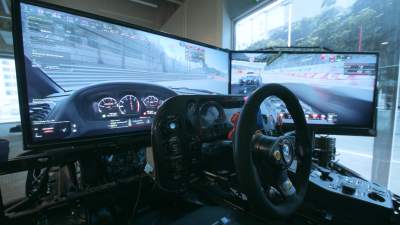
The Future of Immersive Racing Game Simulators and Their Impact on Gaming Experience
-
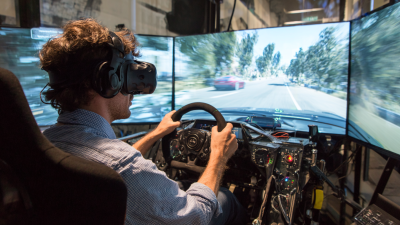
Ultimate Guide to Choosing the Best Vr Driving Simulator for Your Needs
-
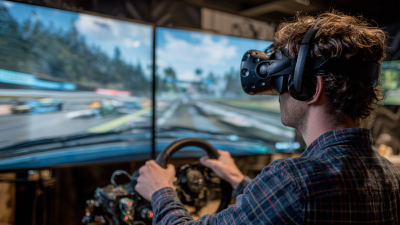
Issues with 9d Vr Simulator Games and Their Impact on User Experience
-
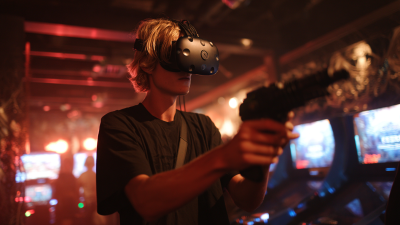
What Makes VR Arcades a Revolutionary Experience in Entertainment
-
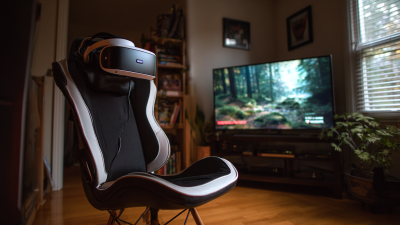
7 Ultimate Tips for Choosing the Best Gaming Chair for VR Experience
-

From China to the World: Discovering Unmatched Quality in Amusement Park Rides for Sale

